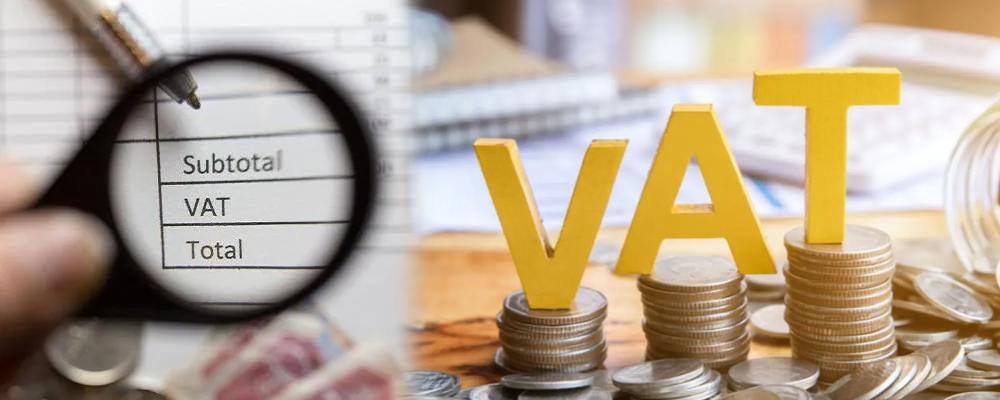A consumption tax known as value-added tax is imposed on goods and services at every step in the supply chain where value is added, from the point of initial production to the point of sale. The cost of the product less any expenses of components that have already been taxed at a prior step determines how much VAT the consumer must pay depending upon the VAT rate applied on the goods that has been purchased.
As opposed to income, consumption is the basis for VAT. In contrast to a progressive income tax that raises taxes for the wealthy, the value-added tax (VAT) is a flat rate tax that is imposed consistently on all purchases. VAT proponents assert that they increase government revenue without punishing the wealthy by levying a higher income tax on them. VATs, according to their detractors, unfairly punish lower-income taxpayers financially.
Basically, there are two types of taxes that get levied on every individual, i.e, the direct tax and indirect tax. The direct tax is applied to one’s income or wealth he has earned. Therefore the indirect tax applies to the purchase of any goods made by any customer. There are also advantages of indirect tax like they are convenient to pay, cannot be evaded, everyone can contribute, etc.
There are certain value-added tax pros and cons that every customer should know:
the pros of the value-added tax are-
Close tax loopholes by replacing other taxes, including the income tax, with a VAT.
A progressive income tax offers less of an incentive to work harder and earn more money than a VAT.
the cons of the value-added tax are-
Businesses incur additional costs as a result of VAT.
It might promote tax fraud.
Costs that are passed on the result in higher prices, which is especially difficult for low-income consumers.
How the implementation of value-added tax takes place
Since state governments are responsible for collecting and enforcing VAT, different states have distinct VAT regulations and implementation procedures. Because of this, each state has a different tax implementation process, VAT rates, payment deadlines, and requirements for filing VAT returns.
Despite state-specific implementations, there are four basic subheads for VAT in India.
0 percent VAT Rate:
In several states, very basic goods are offered without a sales tax being applied to them. Most of these products are ones that the unorganized market sells in their purest or most natural state. These include things like salt, khadi, condoms, etc.
1 percent VAT Rate:
For things that are frequently very expensive, the percentage of VAT that is applicable needs to be kept low since otherwise the amount of VAT assessed might be excessive. The VAT rate for these goods is set to a maximum of 1%. This group of items includes valuable jewellery, gold, silver, and other precious stones. For these commodities, the majority of Indian states have set the VAT at 1% of the price.
4-5 percent VAT Rate:
Several state governments have included a significant number of everyday necessities in this VAT category. Thus, for the majority of Indian states, the VAT rate applied on products like oil, coffee, medicines, etc. is approximately 4-5 percent.
General VAT Rate:
General VAT rates are used for commodities that cannot be divided up into the above-mentioned VAT categories. Many nations impose high VAT rates of 12.5 percent or 14-15 percent on products like alcohol and cigarettes. A generic rate of VAT is also used by many state governments for items that cannot be classified according to the aforementioned categories. Depending on the state, these commodities may be taxed at 12 percent, 13 percent, or even 15 percent.
So, if you need any further information regarding how value-added tax applies or how it works. You can contact us, we at Lead India have experienced financial lawyers who deal in such cases and pass on the necessary information as it is required.





 Talk to a Lawyer
Talk to a Lawyer